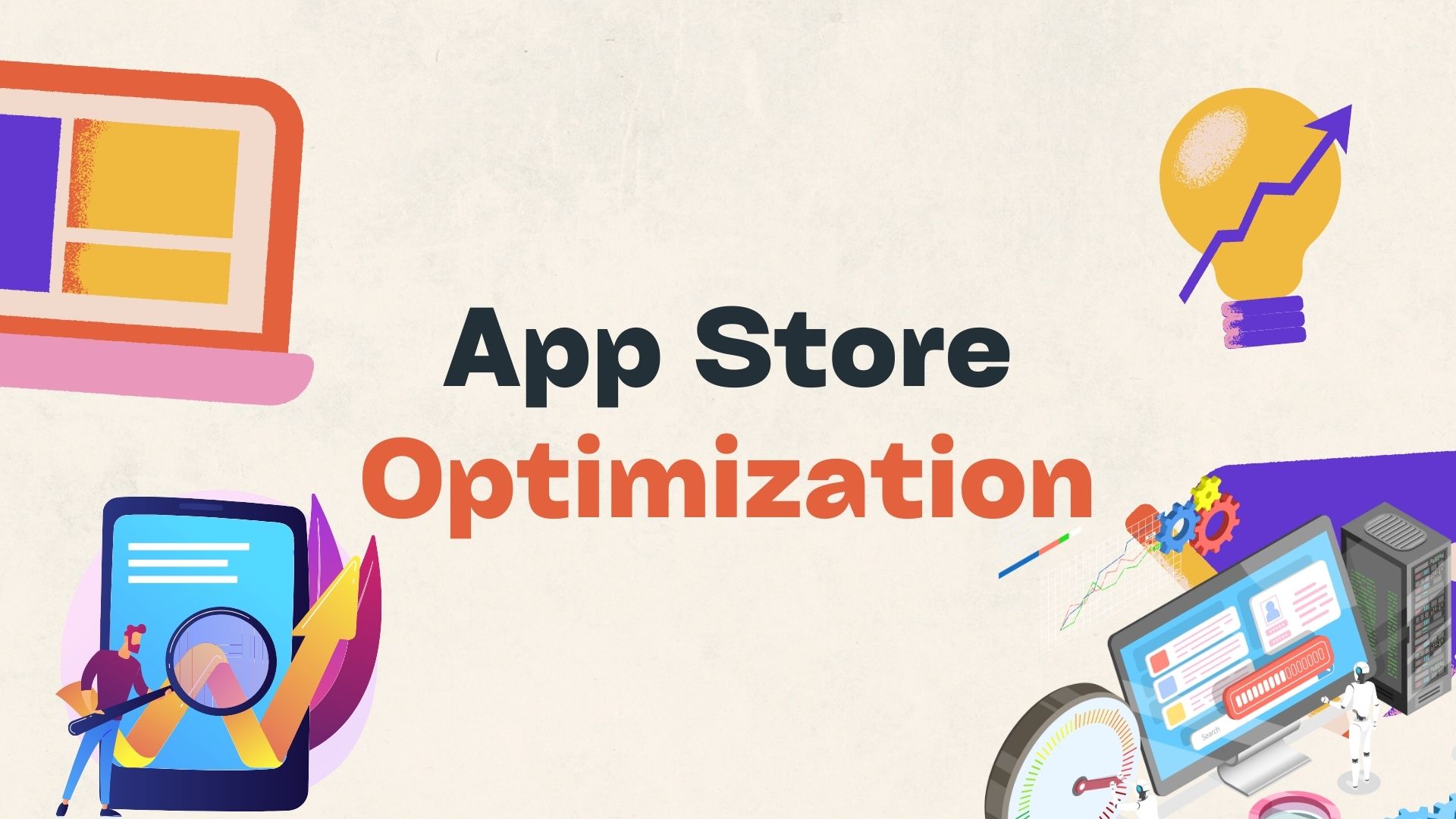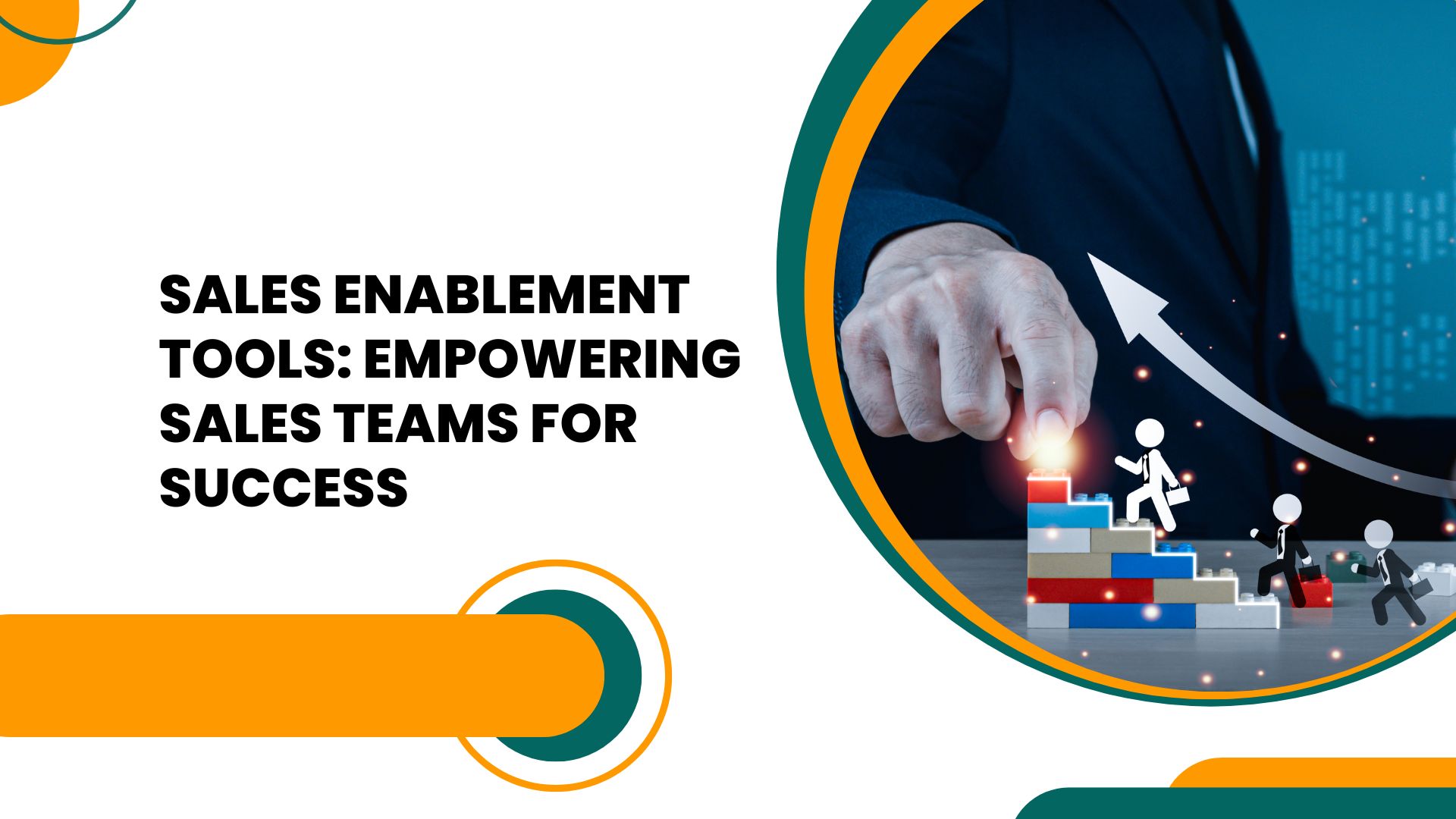How to Make Mobile Business Intelligence Work Now
The typical user's idea of mobile business intelligence is that of a cellphone performing analytics (reports, dashboards, ad-hoc queries) against a company database, just as smartphone access to Facebook provides social networking across the global Web, or just as we can track Amazon shipments via cellphone access to its business-process apps.
The surprising fact is that today, cellphone analytics is indeed the main value-add of mobile business intelligence (BI) — when it could be so much more. You see, mobile technology also allows individual users such as real estate brokers and insurance agents to create their own personalized data stores and use them for carrying out transactions in the customer's home or on the road; and there is little to prevent this being extended to analyzing those transactions and data stores in an overall business context. But this capability is typically not yet on the horizon for smartphone users, while the obvious alternative candidate for delivering these capabilities — the laptop — is branded “old technology” and is not the primary focus of either customers or vendors.
What Mobile is Really About — and How BI Should Adapt
The idea of mobile technology is a full virtual personal environment (applications, data, Web) accessible at any location, on any preferred device. The reality of mobile today is of different partial personal environments, with different degrees of accessibility, depending on the device.
- The laptop is well suited to tap into business, personal, and Web environments, both business and personal, but is not a preferred form factor and is only intermittently connected.
- The specialized device (iPad, Kindle) is a narrowly focused but extensible product that typically taps into a business or Web environment, and is an increasingly popular alternative form factor that can be semi-continuously connected.
- The cell/smart phone has created its own partial personal environment that is increasingly full and is pretty much accessible anywhere, but due to the fact that phone companies are involved, lags in its ability to customize for particular business requirements — and its small form factor necessarily limits its ability to support certain personal and business tasks, such as displaying summaries of massive amounts of data.
Meanwhile, the way these devices are used in the workplace continues to change exceptionally rapidly. Today's work tasks and locations, and the mobility of many workers, have changed dramatically over the last ten years, fueled by increasing organizational sophistication in redesigning and empowering jobs for greater competitive advantage and cost savings. Resulting new roles include mobile/flexible worker (geographical mobility or flexibility in assuming new roles), customer-facing data miner (using BI, the “organizational face” to the customer must access more corporate information “in real time”), and empowered employee (the worker should have the best mobile-enabled tools for the job, tools that enable full worker control over tasks). In effect, the organization has created a “mobile workplace” consisting of a new set of mobile end-user support systems and software.
To support this mobile workplace, software-infrastructure products have integrated key mobile/wireless and laptop technologies (such as smart phones and WiFi) and user roles (such as the traveling salesperson accessing E-business Web sites and Net Markets). Providing this “mass-deployment” mobile-workplace support is a bit complicated — a plethora of new devices, new standards, new applications and new infrastructure software keeps arriving. Moreover, computer BI programming skills do not always translate well to device-software development, in part because the user interface is smaller. A typical architecture is not simple, either; it may include wired laptops, Internet appliances and existing “legacy” devices — machinery, instruments, sensors and other discrete data-generating devices — as well as wireless devices like handhelds and smartphones.
To fully support the mobile workplace, BI vendors should provide:
- Client software that is resource-efficient (small footprint) and supported on multiple platforms to fit on a wide variety of devices.
- Support for “offline” software operation so that client software can continue to provide value when the connection to a central server is lost. Offline operation allows the user to reduce “out of area” disruptions and place orders without waiting for a connection to a central order-processing system.
- Web, Web service, enterprise messaging/calendaring and synchronization support. These allow standardized flexible, cost-effective communication, not only within an organization but also across organizational boundaries.
- Central- and local-database access. The first gives access to corporate and “historical” information; the second allows the end user to customize and personalize information for more effective communication with customers.
Wayne Kernochan of Infostructure Associates has been an IT industry analyst focused on infrastructure software for more than 20 years.

Wayne Kernochan has been an IT industry analyst and auther for over 15 years. He has been focusing on the most important information-related technologies as well as ways to measure their effectiveness over that period. He also has extensive research on the SMB, Big Data, BI, databases, development tools and data virtualization solutions. Wayne is a regular speaker at webinars and is a writer for many publications.



